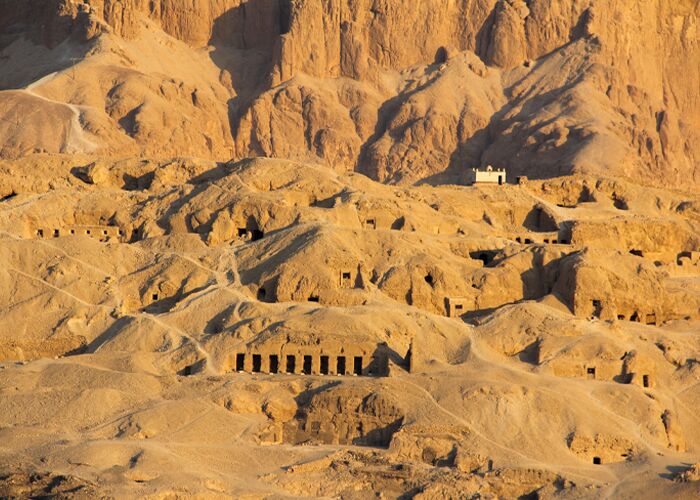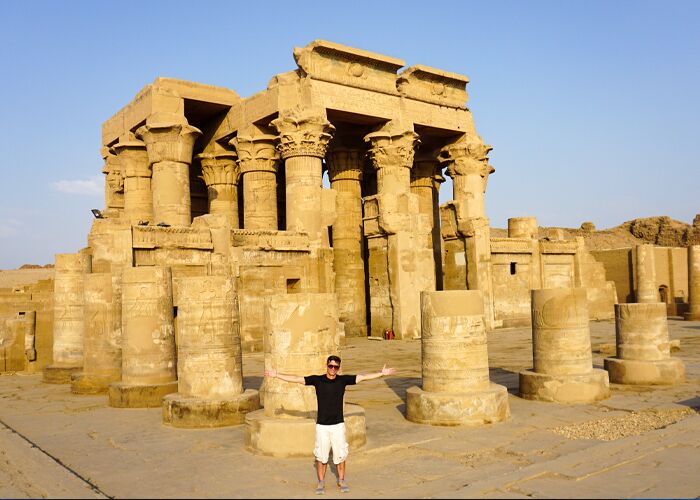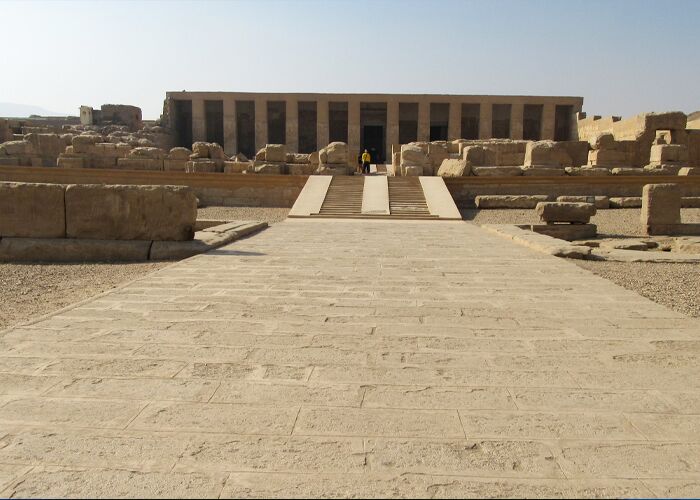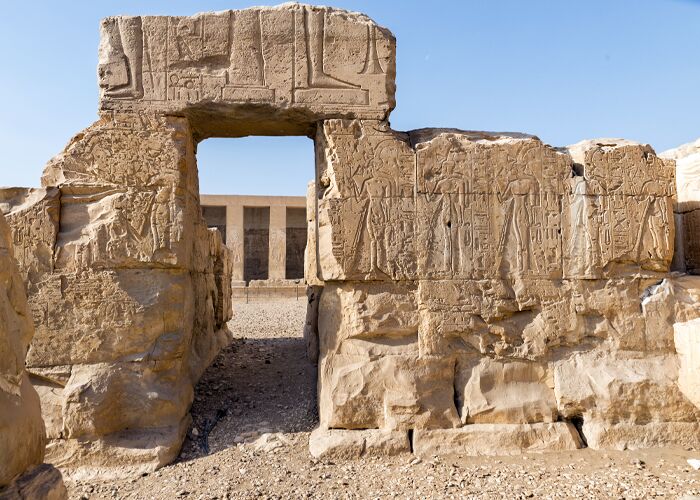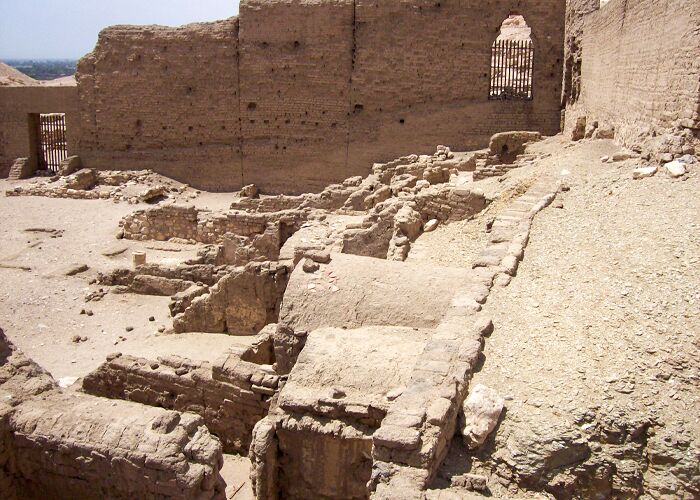Nobles reside in the Valley of the Nobles.
A interesting look at hundreds of tombs unearthed in the Valley (Tombs of the Nobles) is provided by the Valley (Tombs of the Nobles) generally called.
There used to be an ancient city on the west bank of the Nie River, surrounded by distinctive sandstone rock cliffs, where all the burials took place.
Location
Just a quick one-hour flight from Cairo, Luxor in Upper Egypt may also be accessed by night sleeper train (which takes roughly ten hours).
Hurghada residents have a choice of two modes of transportation: aircraft (30 minutes) or vehicle (about 4 hours).
There are two ways to get to Luxor from Aswan: by car for three hours or on a Nile cruise for a few days.
History
The Tombs of the Nobles are situated on the West Bank of the Nile across from Luxor City in the Theban Necropolis.
Numerous tombs may be found in this location, some of which hold the reinterment places of some of the city’s most important courtiers and residents’ bodies.
Numerous tombs were said to be there, some of which were considered to be missing and have yet to be discovered.
A short prayer was also included in some of the tomb inscriptions of the New Kingdom era, which included the names of the tomb owners.
In spite of the attention accorded to the Valley of the Kings, the Tombs of the Nobles, which are often neglected by tourists, are well worth a visit.
The city’s cemetery has hundreds of graves, many of which are carved into the rock face and portray the working lives of its occupants.
It is not possible to tour the whole site and surrounding region, although there are several tombs, like as that of Sennofer, the former Mayor of Thebes.
Paintings depicting harvest scenes and grapevines on this tomb are pretty lovely in their own right.
The tomb of the Noble Ramose, one of Akhenaten’s early monotheistic kings, is featured in this worthwhile tour and provides a taste of life during his reign.
There have been more than 450 Noble Tombs unearthed at this location along the Nile in ancient Egypt’s West Bank.
Civil workers, generals, lords, affluent individuals, and other members of society all have ornate tombs.
Currently, 15 tombs are open to the public, but only if you’re part of a guided trip.
The Ramesseum is only a short distance away from these graves.

